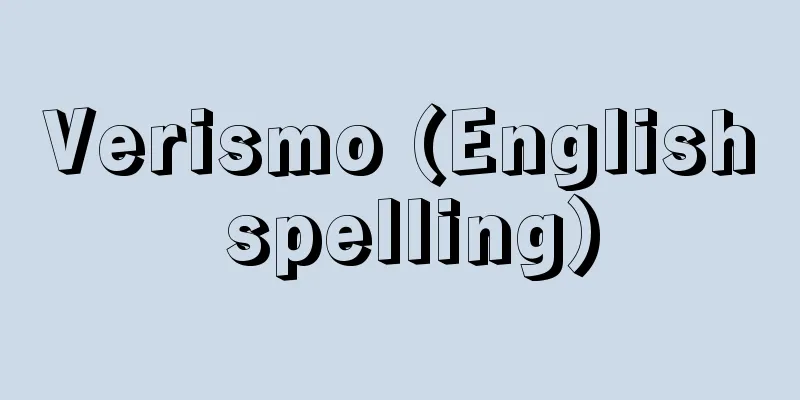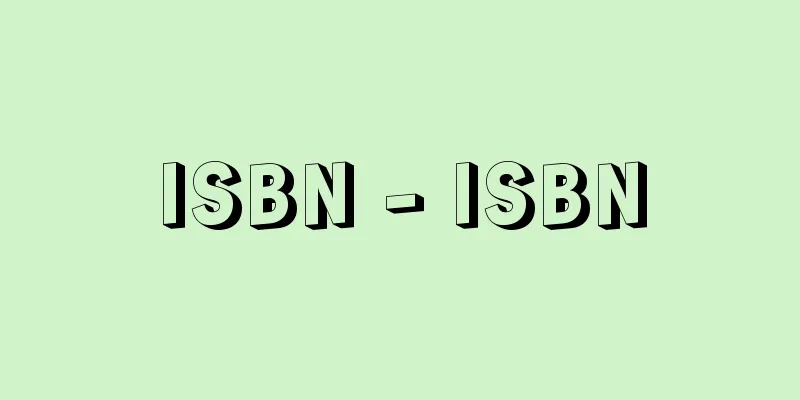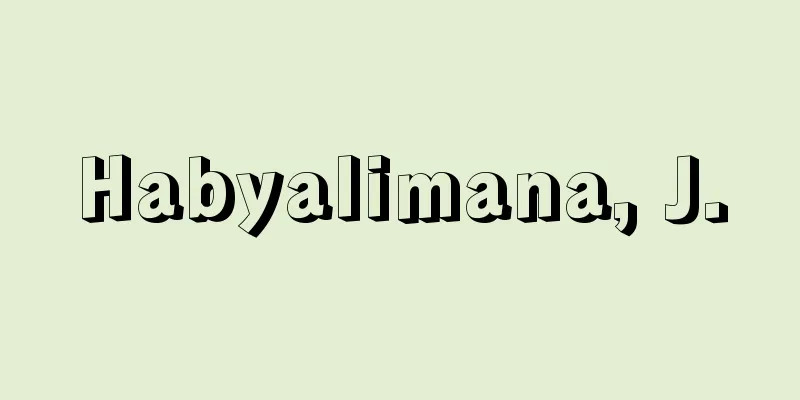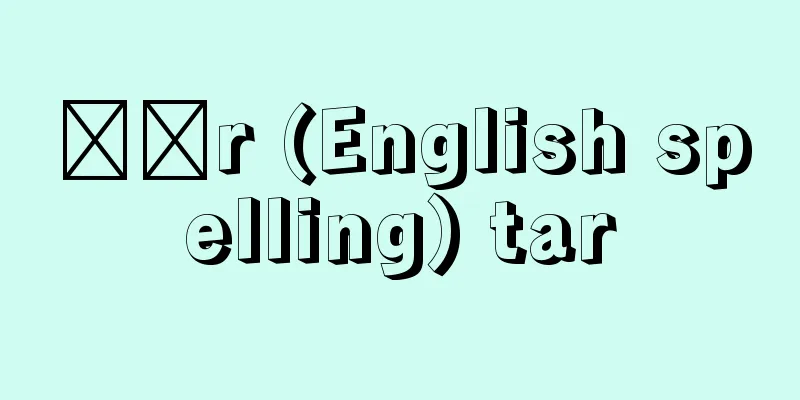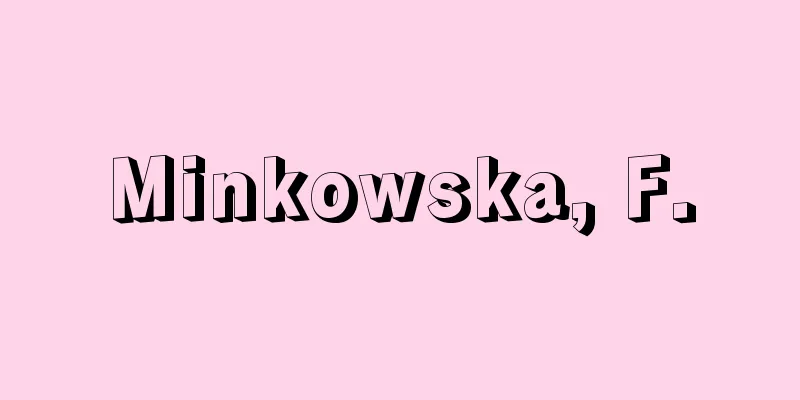Gleichschaltung

|
...Other terms with similar meanings that were the background for the creation of this word include mass society, totalitarian society, and one-dimensional society. Nazism's equality system (Gleichschaltung) aimed to unify all systems, link them at the top, and exercise thorough control from above, but it is said that the Nazis learned from the Soviet one-party dictatorship in a bad way in implementing this system. Thus, from the 1930s to the end of World War II, theories of mass society, while keeping in mind fascism typified by Nazism and to some extent Stalinism, criticized the rulers' thorough control of the masses under modern dictatorships. ... From the Third Reich...The first period was the establishment of the Third Reich, from the formation of the Hitler cabinet to Hitler's inauguration as Führer (combining the positions of president and chancellor) on August 2, 1934. During this period, the Social Democratic Party, the Communist Party, and the trade unions were forced to dissolve, and other liberal and conservative parties were forced to "voluntarily dissolve" (so-called "Gleichschaltung" (compulsory homogenization)). As early as July 14, 1933, the law banning the establishment of new political parties was promulgated. The Hitler cabinet, which had initially been a coalition government with conservatives such as the National People's Party (there were only three Nazi members, including Hitler), became almost entirely made up of Nazi members, and the sole party rule of the Nazi Party was established. ... *Some of the terminology explanations that mention "Gleichschaltung" are listed below. Source | Heibonsha World Encyclopedia 2nd Edition | Information |
|
…これと似た意味をもち,この言葉誕生の背景となった用語としては大衆社会mass society,全体主義社会totalitarian society,一次元社会one‐dimensional societyなどが考えられる。あらゆる制度を一本化して頂点で結び,上からの徹底した管理をねらったのはナチズムの等制Gleichschaltungであったが,ナチスはこの体制を実施するうえでソ連の一党独裁制に悪い意味で学んだといわれる。そこで,1930年代から第2次大戦後にかけての大衆社会論は,ナチズムを典型とするファシズムとともにある程度までスターリン主義をも念頭におきながら,現代的独裁制のもとにおける支配者の徹底的な大衆管理を批判した。… 【第三帝国】より…第1期は,第三帝国の確立期であって,ヒトラー内閣成立から1934年8月2日のヒトラーの〈総統Führer〉(大統領と首相職の一体化)就任までである。この時期に,内政面ではまず社会民主党,共産党ならびに労働組合の解散が強行され,その他自由主義政党,保守主義政党も〈自発的解散〉に追い込まれて(いわゆる〈強制的同質化(一元化)Gleichschaltung〉),早くも33年7月14日には政党新設禁止法が公布される。最初は国家人民党員ら保守派との連立政権(ナチ党員はヒトラーを含め3人のみ)だったヒトラー内閣もほぼナチ党員一色となり,ナチ党(ナチス)一党支配が確立される。… ※「Gleichschaltung」について言及している用語解説の一部を掲載しています。 出典|株式会社平凡社世界大百科事典 第2版について | 情報 |
<<: Gleim, JWL (English name) GleimJWL
Recommend
Mars Ultor
…His ceremonies were concentrated in March, when ...
Larousse Encyclopedia - Larousse Encyclopedia
France's leading encyclopedia. Published by L...
Office building - Jimushokenchiku (English) office building
The main part of the building is designed for use ...
Cyclomorphosis
…In northern lakes and ponds, Daphnia and Bosmina...
ZFC
… The axiom system of set theory, first presented...
Shennong - Shinno
Shennong was a legendary emperor of ancient China...
Ibex - Ibex (English spelling)
A general term for seven mountain wild goats belo...
International Convention for the Prevention of Oil Pollution of Sea Waters - International Convention for the Prevention of Oil Pollution of Sea Waters
...At the same time, the number of large oil spil...
Nose monkey story - Nose monkey story
Otogi-zoshi. One of the Shibukawa versions. Irairu...
dwarfed peach
… [Classification] Peach varieties are classified...
Cornu, P. (English spelling) CornuP
…In the 15th century, Leonardo da Vinci left sket...
Cyclotetramethylenetetranitramine
HMX is also called octogen. It is very similar to ...
Belt of Bigfoot - Oashi Noberto
…He served Henry III, Duke of Brabant, and after ...
Ahaziah - Ahaziah
...Finally, when the Omri dynasty emerged in the ...
Takamori [town] - Takamori
A town in Aso County in northeastern Kumamoto Pref...



